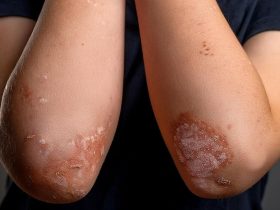Receipt of mental health treatment increased for men and women, non-Hispanic Whites and Asians, across metropolitan and nonmetropolitan areas
WEDNESDAY, Sept. 7, 2022 (HealthDay News) — From 2019 to 2021, receipt of mental health treatment increased among adults aged 18 to 44 years for men and women, non-Hispanic Whites and Asians, and across metropolitan and nonmetropolitan areas, according to a September data brief published by the U.S. Centers for Disease Control and Prevention National Center for Health Statistics.
Emily P. Terlizzi, M.P.H., and Jeannine S. Schiller, M.P.H., from the National Center for Health Statistics in Hyattsville, Maryland, used data from the National Health Interview Survey to describe trends in the percentage of adults aged 18 to 44 years who had received any mental health treatment in the previous 12 months.
The researchers found that from 2019 to 2021, there was an increase in the percentage of adults who had received any mental health treatment in the previous 12 months among adults of all ages (19.2 to 21.6 percent) and among those aged 18 to 44 years (from 18.5 to 23.2 percent). Among adults aged 18 to 44 years, women were more likely to have received any mental health treatment than men. Increases in the percentage of adults aged 18 to 44 years receiving any mental health treatment were seen from 2019 to 2021 for non-Hispanic Whites (23.8 to 30.4 percent) and non-Hispanic Asians (6.0 to 10.8 percent). Across large and medium or small metropolitan and nonmetropolitan areas, there was an increase in the percentage of adults aged 18 to 44 years who had received any mental health treatment.
“The percentage of U.S. adults who had received any mental health treatment in the past 12 months increased from 2019 to 2021, driven largely by a nearly 5 percentage point increase among adults aged 18 to 44,” the authors write.
Copyright © 2022 HealthDay. All rights reserved.







